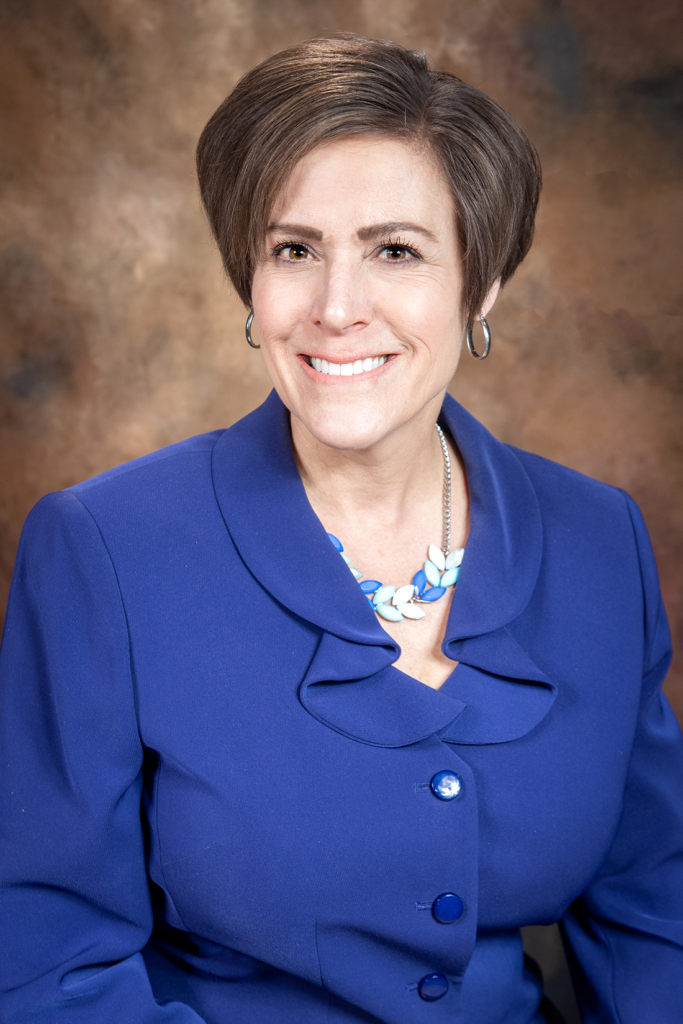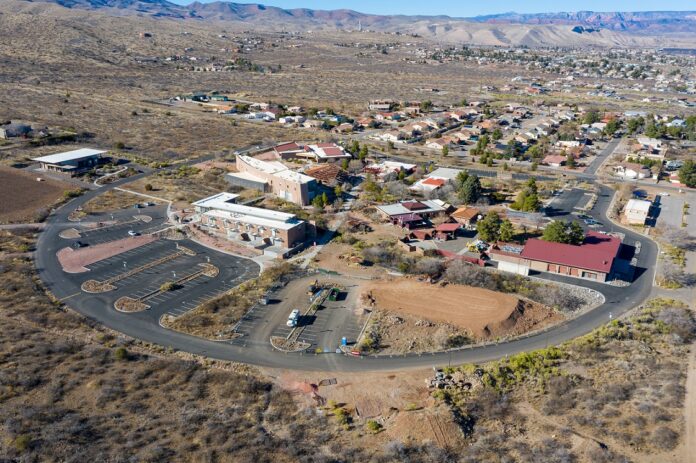Yavapai College President Lisa Rhine sent the members of the Yavapai County Governing Board a statement on Sept. 1 that the Clarkdale campus has lost its accreditation as a branch campus under federal law:

“In the past, the Verde Valley location was classified by our accrediting body, the Higher Learning Commission, as a ‘branch campus’ in alignment with an old federal definition,” Rhine wrote to the board. “In preparation for our [HLC] visit and in consultation with our HLC liaison, we learned that the Verde Valley location is not eligible to be classified as a ‘branch campus’ due to a change in the federal Department of Education code of regulations.
“At HLC’s advisement, the Verde Valley location’s classification is now accurately categorized as an ‘additional location’ to ensure accurate reporting and accreditation compliance in alignment with the federal definition. We are free to call the location whatever we want and will continue to call it a ‘campus’ and brand it as we would like. This year when HLC visits, they will visit the Verde Valley as part of the review since that is already arranged for September but, in the future, it will be visited on the regular HLC rotation with the other ‘additional location.’”
Larson Newspapers asked Rhine for comment on Oct. 5. We asked her the following questions:
- How and why did the college lose this status?
- How does this affect the educational status of students who take classes at the Verde Valley location?
- What statement do you have for Verde Valley taxpayers about this failure to maintain our campus as a branch?
- What can you say to Verde Valley municipal council members who are calling this a failure of the college, the college board and you by name to do the bare minimum to maintain this campus as a branch?
- Verde Valley taxpayers and councils have said Yavapai College treats the Verde Valley as a cash cow and taxpayers like second-class citizens. They have said this failure proves that. What is your response to this criticism?
- How will Yavapai College work to restore the branch’s status?
- What is the projected timeline for that restoration?
Additional questions:
- Why is Yavapai College planning to build a brewery in the Verde Valley?
- With only six breweries in the Verde Valley, why is the college spending tax dollars to train students in an area in which there are no jobs and in which the starting salary in the field is so low?
- Where is the college’s needs assessment for this construction?
- If the college builds this nearly $10 million brewery, what other capital improvements are slated for the Verde Valley, or is this it for this year?
- If no other construction is planned, why is the Verde Valley again being shortchanged in favor of the Prescott area campuses?
Rhine refused to answer these questions.
Rhine did not return any calls or numerous emails asking for comment.
On Oct. 14, nine days later, Rodney Jenkins, vice president of the college’s Community Relations & Student Development Division, wrote to another Larson Newspapers staffer, “As a follow-up to my voicemail last week, I am writing to inform you that Yavapai College President Dr. Lisa Rhine will not be responding to any of your staff’s requests.”
Larson Newspapers has no record of any such voicemail.
“Yavapai College has specific protocols in place to help facilitate all media requests,” Jenkins wrote. “All requests must go to our Executive Director of Marketing, Communication, and Community Outreach, Tyler Rumsey. Mr. Rumsey works closely with college leadership and subject matter experts to facilitate and answer media inquiries. This process has worked flawlessly for our organization and for media organizations.”
Jenkins subsequently wrote an email to Diane Ryan, vice president of Academic Affairs, that stated, “Diane, below Larsen [sic] Newspapers are making bogus claims. We need clarification: What language did HLC use or policy in their informing us about the ‘campus’ status of the Verde Valley?”

Jenkins appeared to have sent the email to Larson Newspapers in error, later writing, “It was a mistake to send, we are seeking clarification from the Higher Learning Commission. It is bogus, we never lost the campus status according to the HLC, we never had it.”
However, the college often used the phrase “branch campus,” such as in 2020, when it announced the hiring of Tina Redd, Ph.D., to head the Clarkdale campus. The college sent out press releases stating, “Prior to becoming a branch campus director, Dr. Redd taught humanities, women’s studies, and literature at Central Oregon and Portland Community College for twelve years. ‘We are thrilled to have Dr. Tina Redd join YC,’ said Dr. Lisa Rhine, Yavapai College President.”
Jenkins never responded about receiving clarification from the HLC.
Ryan never provided the clarification to Larson Newspapers that Jenkins requested.
Jenkins declined to clarify what he called “bogus claims.” He also did not provide any responses to any of the questions posed to Rhine.
HLC Campus Definitions
According to the HLC, it defines a branch campus in the same way as the Department of Education: “An additional location of an institution that is geographically apart and independent of the main campus of the institution. HLC considers a location of an institution to be independent of the main campus if the location has all four of the following attributes:
“It is permanent in nature; it offers courses in educational programs leading to a degree, certificate or other recognized educational credential; it has its own faculty and administrative or supervisory organization; it has its own budgetary and hiring authority.”
According to the HLC, an “additional location,” which is also defined according to the federal definition, is “a facility that is geographically apart from the main campus, where instruction takes place and it is possible for students to do one or more of the following:
“Complete 50 percent or more of the courses in educational programs leading to a degree, certificate or other recognized educational credential; complete 50 percent or more of a degree completion program [even if the degree completion program provides less than 50 percent of the courses leading to the degree]; an additional location may qualify as a branch campus under circumstances that meet the definition of the branch campus.”
Also, “An ‘additional location’ typically does not have a full range of administrative and student services staffed by the facility’s personnel. Such services may be provided from the main campus or another campus.
“A facility may provide access to instruction requiring students to be present at a physical location that receives interactive TV, video or online teaching. It is considered an additional location when 50 percent or more of a distance delivery program is available through one or more of these modalities at that facility.
“An additional location has active status when students are enrolled. Its status is inactive when students are not enrolled. The status can change between active and inactive without approval from HLC. However, a location may only be classified as inactive with no student enrollment for a maximum of two consecutive years. At that point, HLC will require the institution to close the location.”



